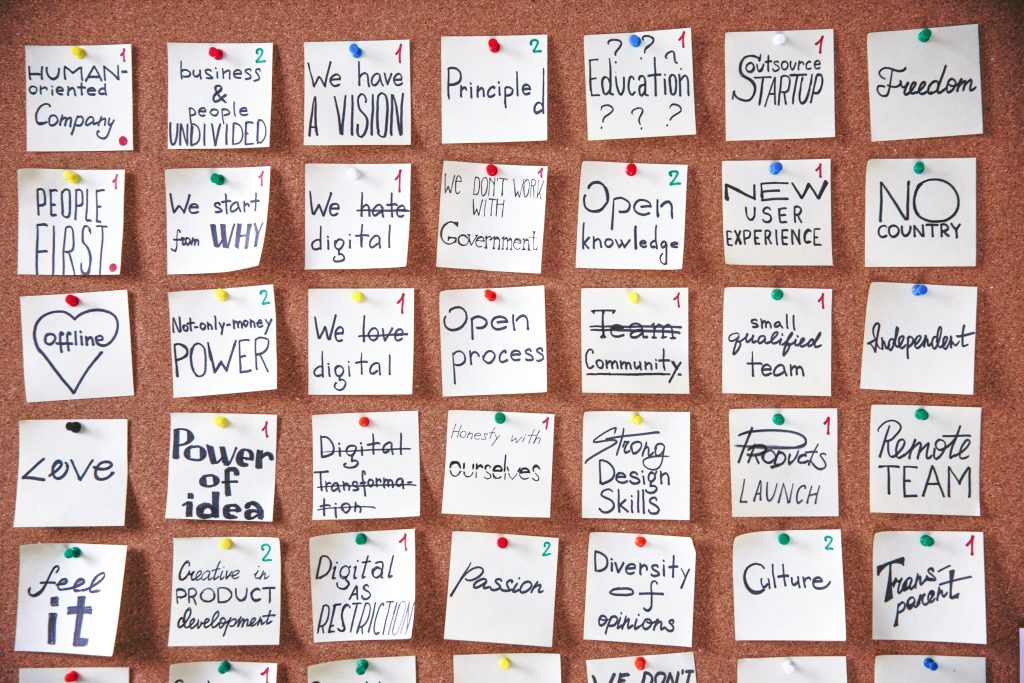Why Some Ideas Need Solitude First
Jessica White July 22, 2025
In a world where collaboration and constant connectivity are norms, solitude can feel countercultural—yet it’s becoming clear that some ideas need solitude first. Emerging across industries from deep-tech innovation to creative arts, workplace cultures are rediscovering the value of being alone before brainstorming, prototyping, and executing. Not randomly, but because spending focused time alone often triggers insight, reflection, and divergent thinking.
As remote and hybrid work become standard, and our attention is further fragmented by social media and instant messaging, understanding why some ideas need solitude first is more important than ever. Let’s explore the science behind solo thinking, current trends that emphasize it, and practical steps to harness solitude for smarter creativity.

The Science of Silence: Why Solitude Sparks Creativity
Research consistently shows that solitude delivers unique cognitive and emotional benefits. Here’s how solo time primes the brain for creative insight:
- Anxiety-free space frees creativity
A study in Greater Good at Berkeley found that solitude—when chosen, not imposed—reduces anxiety and creates mental space for creative thinking. - Non-fearful social withdrawal enhances innovation
University at Buffalo research highlighted that “unsociability”—opting for solitude—correlates with higher creativity, as opposed to shyness or avoidance. - Voluntary isolation reduces internal pressure
A 2003 paper showed solitude decreases impression-management demands, enabling freer, more honest thought. - Reflective silence fosters flow
Psychologist Mihaly Csikszentmihalyi explained that breakthrough ideas often emerge during uninterrupted “flow” states, which thrive in solitude.
These insights explain why some ideas need solitude first: the mind needs quiet, internal space to make creative connections and explore emerging ideas deeply.
Emerging Trends That Champion Solitude
1. Solo Living and ‘Positive Solitude’
A shift in lifestyle trends shows an increasing number of people embracing solitude—not as loneliness, but as intentional space. Utrecht Broad Online (LBB) reports “solo living” is growing, with individuals seeking solitude to boost self-care and creative reflection.
2. Solitude-Centric Travel and Retreats
Travel brands now advertise experiences in remote locations—Yucatán cenotes, New Zealand lodges—touting solitude as prized for reflection and creative rebirth.
3. Workplace and Tech Design for Alone Time
Companies like Basecamp and Apple promote “no meeting days,” head-down time, and quiet hours to support reflection and better problem-solving.
Products like Reclaim.ai and Motion let users block off uninterrupted time—based on the rising awareness that some ideas need solitude first in high-speed workflows.
4. Academic Acknowledgment of Solo Research
Recent arXiv research confirms small teams and solo researchers contribute disproportionately to innovative breakthroughs, showing why solitude yields fresh ideas.
A Guide: How Some Ideas Need Solitude First — Practices That Work
Here’s a practical roadmap to help you structure solitude into your workflow:
1. Schedule Solo Idea Sessions
- Block regular time (e.g., 30–60 min/day) for reflection, journaling, or creative brainstorming without digital distractions.
- Treat solo time as essential—don’t cancel it for a meeting.
2. Journal for Divergent Thinking
- Freewrite or doodle around a prompt or problem.
- Embrace divergent thinking: allow 10–15 minutes of open exploration before moving to structured solutions.
3. Walk or Move Alone
- Dopamine-fueled neuroconnections happen during movement. Many innovators relied on walking for insight.
- Take brief nature breaks or tech-free strolls during work hours.
4. Pair Solitude with Social Feedback
- Spend 1–2 hours in solitude developing ideas.
- Then discuss results in short collaborative sessions.
This cycle ensures balance between deep thought and collective insight.
5. Protect Your Solitude from Itineraries
- Silence notifications; close Slack and email.
- Use ambient noise or noise-canceling headphones.
- Start with small sessions (10–15 min), then scale time based on results and comfort.
Why Solitude Might Be Hard—but Worth It
Despite ample benefits, solitude can feel uncomfortable, especially in a hyper-social, hyper-connected culture:
- Loneliness stigma: Many confuse intentional solitude with loneliness. But studies show the two are distinct — solitude chosen for reflection can strengthen mental health New York Post.
- Fear of missing out: Constant notifications condition us to fear missing updates. Yet continuous social input often prevents new neural connections from forming.
- Culture of constant collaboration: Group work is valuable, but early-stage problem-solving often needs unshared time for best results.
Understanding why some ideas need solitude first helps counter these pressures and prioritize time for reflection.
Real-World Impact: When Solitude Yields Results
Tesla’s Silent Mode
Elon Musk often retreats during product design sprints—reportedly scheduling solo time to think through complex challenges.
Scientists and Single-Author Studies
Analysis of millions of research papers shows single-author and small-team papers tend to introduce more disruptive, novel concepts.
Writer Practices
Authors like Virginia Woolf, Thoreau, and Susan Cain have spoken on solitude as foundational—even essential—to their writing depth.
Conclusion
The tech economy celebrates synched, connected thinking. Yet some ideas need solitude first—periods of silence and space where the mind can ferment insights away from group pressure or digital distraction.
By understanding the cognitive benefits, adopting structured solo time, and normalizing breaks from connectivity, individuals and organizations can reclaim deeper idea generation and smarter decisions.
It’s not retreat—it’s practicing a vital creative routine.
References
- Cain, S. (2012). Quiet: The Power of Introverts in a World That Can’t Stop Talking. Crown Publishing.
- Greater Good Science Center. (2021). Can Solitude Make You More Creative?
- University at Buffalo. (2017). People Who Seek Solitude Are More Creative, Study Finds
- Oppezzo, M. & Schwartz, D. (2014). Give Your Ideas Some Legs: The Positive Effect of Walking on Creative Thinking, Journal of Experimental Psychology: Learning, Memory, and Cognition. https://doi.org/10.1037/a0036577
- Wu, L., Wang, D., Evans, J. (2023). Solo and small teams disrupt more. Nature. https://doi.org/10.1038/s41586-023-06058-1
- Vogue. (2024). Why Solitude Is the Most Coveted Commodity in Travel







